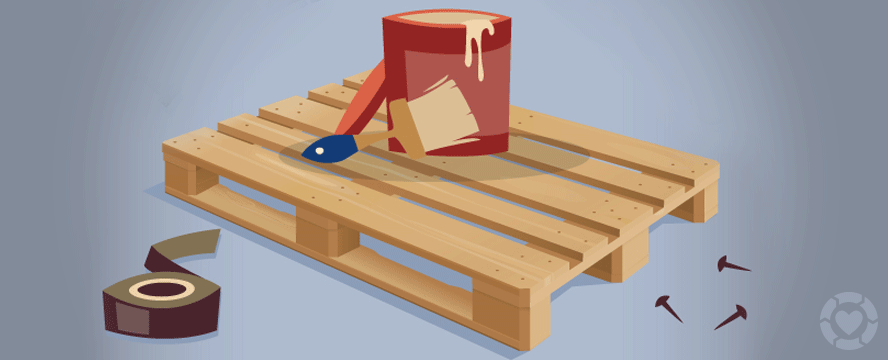Explore The Fascinating Odyssey Of Refurbishing Historic Closets, Uncovering Surprise Narratives And Decoding The Enigmas Of Previous Generations
Explore The Fascinating Odyssey Of Refurbishing Historic Closets, Uncovering Surprise Narratives And Decoding The Enigmas Of Previous Generations
Blog Article
Article By-Stanley Donnelly
To begin the trip of bring back antique cabinets, you need a keen eye for detail. Envision revealing surprise keys within each layer of history embedded in the timber. Picture the complete satisfaction of revitalizing a once-forgotten piece to its former splendor. Every action of this careful process holds the vital to preserving the past while producing a future treasure. So, are you ready to start this transformative endeavor and unlock the capacity of your antique cupboards?
Evaluating the Closet's Condition
When starting the remediation process, start by analyzing the problem of the antique cupboard. Carefully examine the overall structure for any indicators of damages such as cracks, chips, or loosened joints. Check the timber for any kind of rot, bending, or insect problem that may have taken place over time. It's important to figure out the extent of the reconstruction required prior to proceeding additionally.
Next, examine the cupboard's hardware such as joints, handles, and locks. Make note of any type of missing out on items or parts that need repair or substitute. Make sure that all hardware is operating properly and firmly affixed to the closet.
In addition, evaluate the cupboard's finish. Try to find any type of scrapes, spots, or staining that might affect the visual appeal. Figure out if the surface needs to be stripped and reapplied or if a basic touch-up will certainly be enough.
Collecting the Required Tools and Products
After analyzing the condition of the antique closet, the following step is to collect the essential tools and products for the repair procedure. Prior to you begin, ensure you have the complying with things on hand:
- wood cleaner
- sandpaper in numerous grits
- timber filler
- paint or timber tarnish
- brushes
- gloves
- security goggles
- a dirt mask
- a drop cloth
- a putty blade
- a hammer
- a screwdriver
- a hoover
These devices and products are essential for a successful repair.
Timber cleaner is essential for eliminating years of dirt and crud accumulation, preparing the surface area for sanding. Sandpaper of various grits helps in smoothing out imperfections and preparing the timber for a new surface. on front page comes in handy for fixing any kind of fractures, holes, or dents present in the closet.
Paint or wood tarnish, in addition to brushes, allow you to personalize the closet to your choice. click the up coming web page in mind to wear handwear covers, safety goggles, and a dust mask for protection. Set a ground cloth to protect your workplace, and utilize a hoover to tidy up any debris.
With these devices and materials collected, you're ready to begin the repair process.
Carrying Out the Reconstruction Process
To successfully carry out the remediation process on your antique closet, begin by thoroughly cleansing the surface area with the timber cleaner. This action is essential as it helps get rid of years of dust, crud, and old polish that might have accumulated externally.
Once the closet is clean and completely dry, examine the problem of the timber. Seek any kind of splits, scratches, or other problems that require to be addressed. Use wood filler to repair any kind of imperfections, making sure to match the filler shade to the timber tone for a smooth surface.
After the repairs have dried, gently sand the entire surface to produce a smooth and even base for the brand-new coating. Beware not to sand also aggressively, as you don't want to damage the timber underneath.
Once the sanding is total, use a timber tarnish or complete of your option, following the manufacturer's instructions. Permit the finish to dry entirely before using a safety top layer to make certain the longevity of your brought back antique cabinet.
Conclusion
Now that you have completed the repair process, your antique cupboard looks as good as new.
By adhering to the step-by-step overview, you were able to evaluate, fix, and improve its condition effortlessly.
With a fresh surface and safety top layer, your cherished item will certainly continue to radiate for several years to come.
Appreciate the elegance of your restored antique cupboard!
